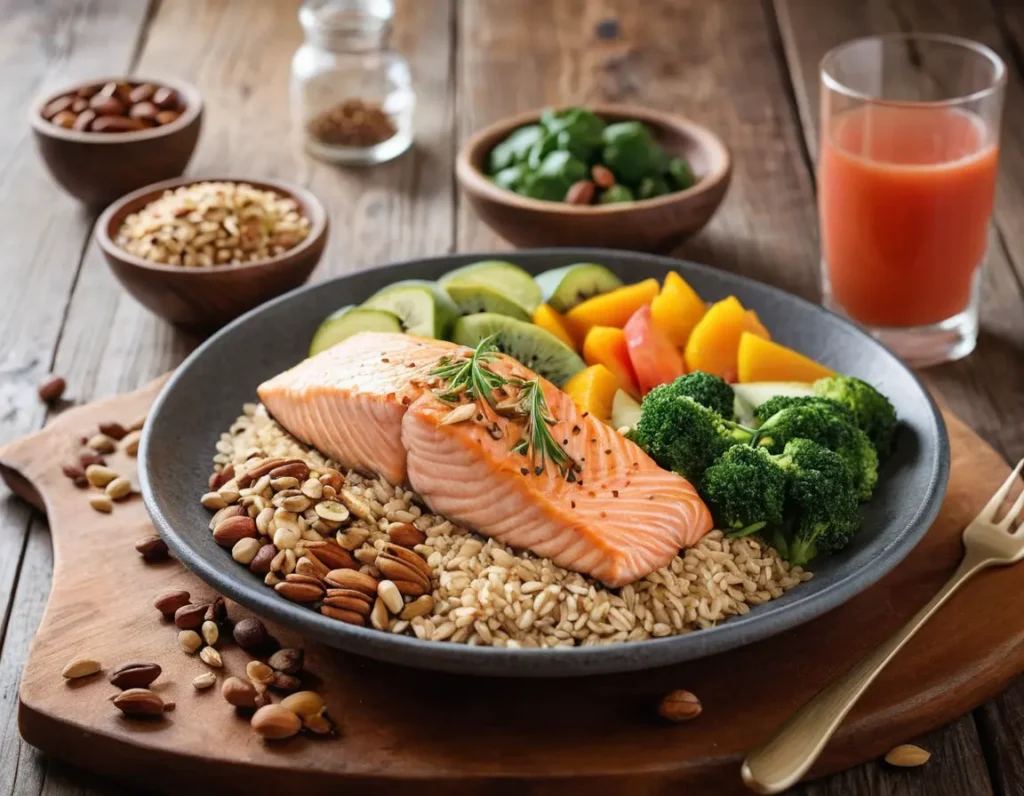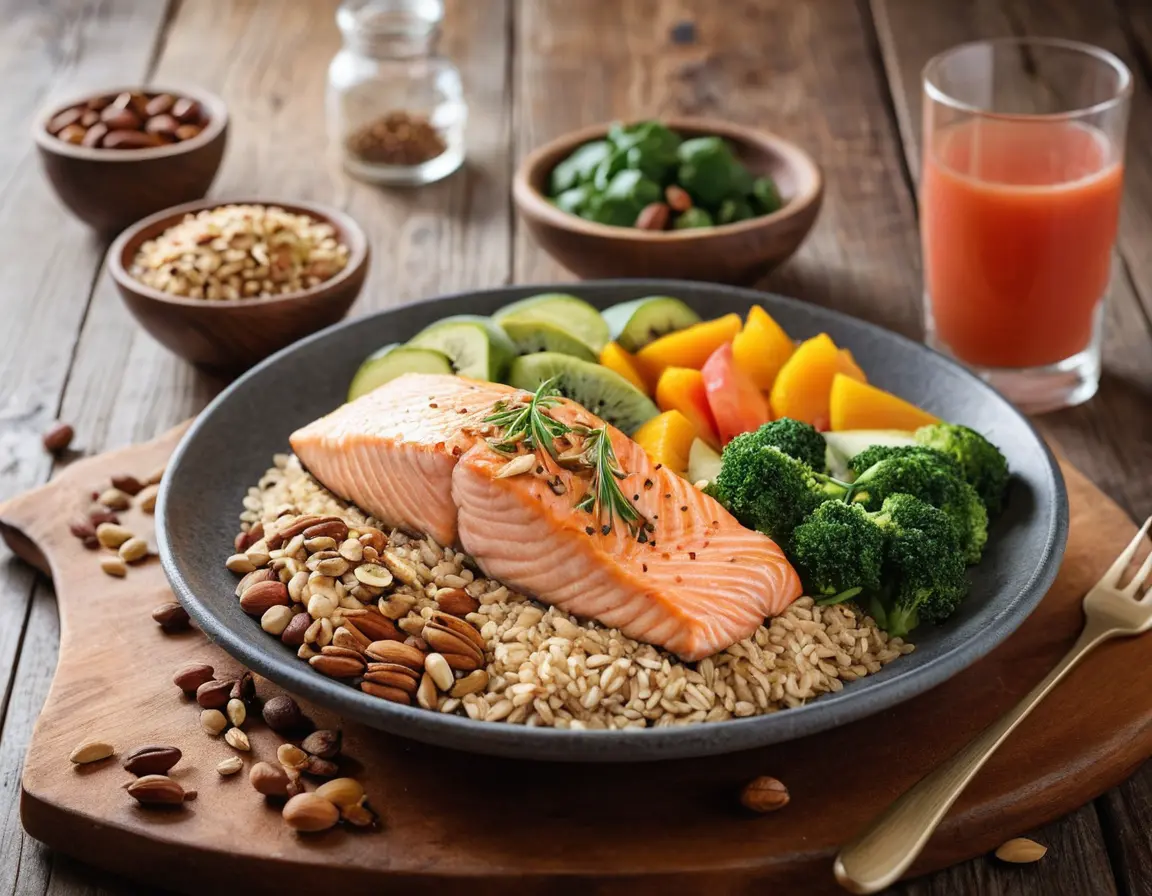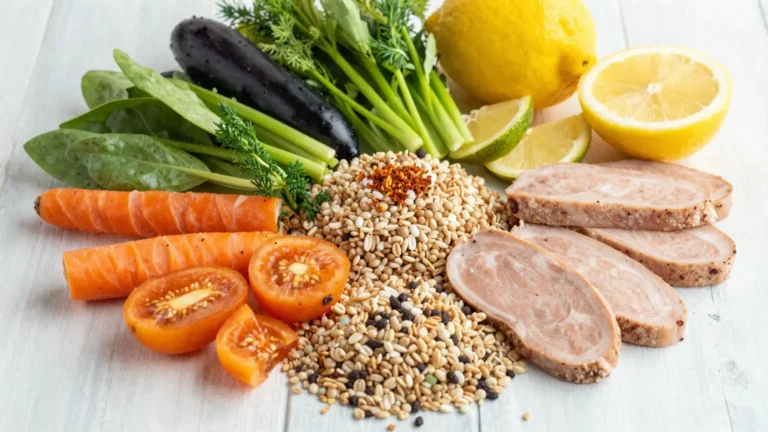Losing weight during perimenopause can be a challenging journey, but with the right strategies and understanding of your body’s changes, it is achievable. Perimenopause, the transitional period before menopause, often brings about hormonal fluctuations that can lead to unexpected weight gain. Understanding why women experience this change and implementing effective weight loss techniques will help you navigate through this stage successfully.
Understanding Perimenopause and Weight Gain

Weight gain during perimenopause is a common concern for many women. Perimenopause typically begins in a woman’s mid-40s, although it can start earlier or later. This phase is characterized by fluctuating hormone levels, particularly estrogen and progesterone, which can cause significant changes to your body. One of the most common challenges women face during perimenopause is weight gain due to several reasons:
- Hormonal Changes: Declining estrogen levels can lead to an increase in fat cells and make it easier for these cells to store more fat.
- Metabolic Slowdown: Hormonal fluctuations can slow down your metabolism, making it harder to burn calories efficiently.
- Water Retention: Fluctuating hormones can cause water retention, leading to temporary weight gain or a bloated feeling.

10 Tips for Weight Loss During Perimenopause
Losing weight during perimenopause requires patience and persistence due to the unique physiological challenges. Here are some effective strategies:
- Balanced Diet: Focus on consuming a balanced diet rich in fruits, vegetables, lean proteins, and whole grains. Limit your intake of processed foods, sugary snacks, and excessive fats.
- Regular Exercise: Regular aerobic exercise can significantly enhance your metabolism and burn calories efficiently. Incorporate strength training exercises to develop muscle mass, thereby increasing your basal metabolic rate (BMR). If joint discomfort is a concern, consider low-impact activities such as yoga or swimming. Physical activity brings about not only weight loss but also elevates mood and alleviates symptoms like hot flashes.
- Strength Training: Incorporate resistance or strength training into your workout routine to increase muscle mass, which burns more calories than fat does.
- Stay Hydrated: Drink plenty of water to stay hydrated and reduce water retention. Adequate hydration supports overall health and helps with weight management.
- Limit Alcohol: Excessive alcohol consumption can contribute to weight gain and exacerbate symptoms like hot flashes. Limit your intake for better results.
- Prioritize Sleep: Aim for 7-9 hours of sleep per night. Lack of sleep can interfere with hunger hormones, leading to increased appetite and cravings for unhealthy foods.
- Stress Management: High stress levels can trigger the release of cortisol, a hormone that promotes fat storage around the belly area. Engage in stress-reduction techniques such as yoga or meditation.
- Regular Check-ups: Regularly consult your healthcare provider to monitor your hormonal changes and overall health. They may recommend blood tests to check your hormone levels and provide personalized advice.
- Be Patient: Weight loss during perimenopause can be slower due to hormonal fluctuations and a decreased metabolism. Stay committed, celebrate small victories along the way, and remain patient with yourself.
- Maintain a Positive Mindset: Remember that you’re not alone in experiencing weight gain during perimenopause. Embrace these changes as part of your journey towards better health and well-being. Focus on feeling good about yourself rather than fixating on numbers on the scale.
Top 10 Diets for Losing Weight During Perimenopause
Losing weight during perimenopause can be challenging due to hormonal changes, but the right dietary approach can make a significant difference. Here are ten effective diets that can help you manage your weight and maintain overall health during this transitional period.
1. Mediterranean Diet
The Mediterranean diet focuses on whole foods such as fruits, vegetables, nuts, seeds, legumes, olive oil, fish, poultry, and minimal red meat. This diet is rich in healthy fats like omega-3s, which can help regulate hormones and reduce inflammation. It also emphasizes the importance of balanced meals that are both delicious and nutritious.
2. DASH Diet (Dietary Approaches to Stop Hypertension)
Originally designed for lowering blood pressure, the DASH diet is rich in fruits, vegetables, whole grains, lean proteins, and low-fat dairy products. This diet can help improve insulin sensitivity and reduce inflammation, which are common issues during perimenopause.
3. Low-Carb Diet
Limiting carbohydrate intake while emphasizing protein and healthy fats can be an effective strategy for managing energy levels and promoting weight loss during perimenopause. Popular options include the Atkins, Keto, and South Beach diets, each offering unique approaches to reducing carb consumption. These diets can help control blood sugar levels and promote fat loss, but it’s important to choose a low-carb plan that suits your lifestyle and ensures adequate nutrient intake to support overall health and well-being.
4. Paleo Diet
The Paleo diet emphasizes whole foods that would have been available during the Paleolithic era, such as lean meats, fish, fruits, vegetables, nuts, seeds, and healthy oils (like olive oil). It avoids processed foods, grains, dairy, and sugars, which can help stabilize blood sugar levels and reduce inflammation.
5. Flexitarian Diet
A semi-vegetarian diet that incorporates a lot of plant-based foods with occasional meat or fish intake. This diet is rich in fiber, vitamins, minerals, and antioxidants, while still allowing for some flexibility to include lean protein sources when needed.
6. Plant-Based Diet
Plant-based diets such as Vegan or Vegetarian diets, which emphasize whole grains, fruits, vegetables, legumes, nuts, seeds, and plant oils, are typically lower in saturated fats and higher in fiber. This combination can help regulate hormones and manage weight effectively during perimenopause. These diets encourage a diverse range of nutrient-rich foods while offering flexibility to include or exclude certain food groups based on personal preferences or health considerations
7. Intermittent Fasting
Intermittent fasting involves alternating periods of eating with fasting. Common methods include the 16/8 method (fasting for 16 hours and eating during an 8-hour window) or alternate-day fasting. This can help regulate hormones, reduce inflammation, and improve metabolic health.
8. High-Protein Diet
A high-protein diet focuses on increasing protein intake to boost metabolism and promote satiety. Protein-rich foods include lean meats, fish, eggs, dairy products, legumes, nuts, and seeds. Higher protein intake can also help preserve muscle mass during weight loss.
9. Whole30 Diet
The Whole30 diet is a strict elimination diet that eliminates sugar (including artificial sweeteners), alcohol, grains, legumes, dairy, and soy for 30 days to reset your system and address hormonal imbalances and inflammation. It encourages whole foods like fruits, vegetables, lean meats, fish, eggs, nuts, seeds, and healthy fats.
10. Personalized Nutrition Plans
Working with a registered nutritionist or dietitian can help you create a customized eating plan tailored to your unique needs, preferences, and health goals. They will consider factors such as food allergies, intolerances, hormonal imbalances, and specific nutritional requirements. Personalized plans ensure adequate nutrient intake while supporting sustainable weight loss, making them an effective choice for managing weight during perimenopause.
When considering dietary choices, it’s important to understand how different diets can impact overall health and well-being, particularly during perimenopause. Each diet offers unique advantages, so comparing their key aspects can help you determine which one best suits your personal preferences, nutritional needs, and lifestyle during this transitional phase.
Tips for Choosing a Diet During Perimenopause
- Consult Your Doctor or Nutritionist: Discuss any pre-existing conditions and ensure that your chosen diet is safe and appropriate for you.
- Consider Hormonal Balance: Choose diets that help regulate hormones, such as those rich in omega-3 fatty acids and fiber.
- Focus on Nutrient Density: Ensure your diet includes a variety of whole foods to meet all nutritional needs.
- Monitor Your Body’s Response: Pay attention to how different foods affect your energy levels, mood, and overall well-being.
- Stay Flexible: Be open to making adjustments based on what works best for you over time.
By carefully selecting one of the listed diets and adapting it to fit your specific needs, you can effectively manage weight during perimenopause while maintaining optimal health. It’s important to note that a common feature of all these diets is the limitation of sugar and processed foods, which helps reduce inflammation and promote better hormonal balance.
In conclusion, losing weight during perimenopause requires understanding and patience. By incorporating these tips into your lifestyle, you’ll be better equipped to manage this phase successfully. Always consult with your healthcare provider before starting any new diet or exercise program to ensure it is safe for your individual health needs.



